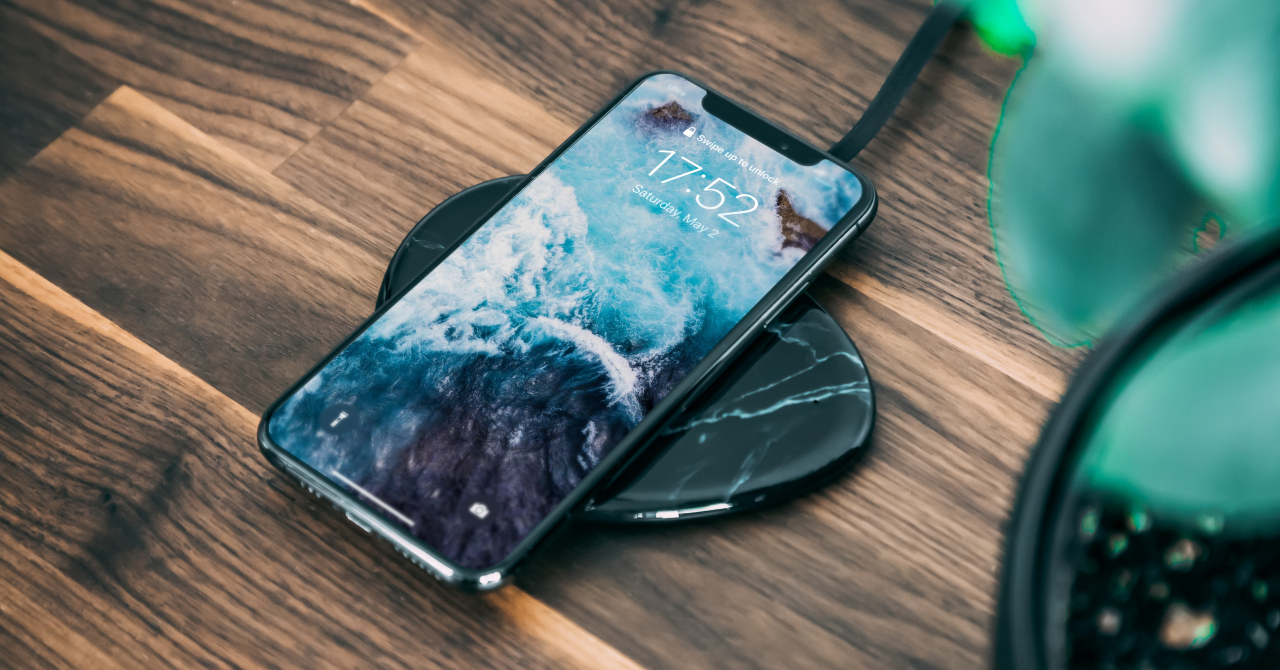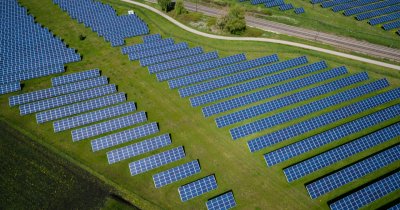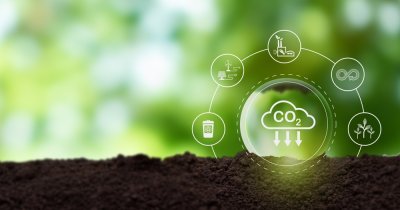Update: The feature is available in the first iOS 16.1 beta and it can be toggled on or off in the "Battery Health and Charging" section of the "Battery" submenu.
In iPhone's settings, Apple explains the feature as following:
"In your region, iPhone will try to reduce your carbon footprint by selectively charging when lower carbon emission electricity is available. iPhone learns from your daily charging routine so it can reach full charge before you need to use it."
According to Apple officials, "Clean Energy Charging aims to decrease the carbon footprint of the iPhone by optimizing charging times for when the grid is using cleaner energy sources."
The Cupertino tech company didn't disclose exactly how the feature will work, but based on current details provided by 9to5Mac, iOS 16 could have a process running in the background that will collect carbon emissions data from local energy authorities, such as ANRE in Romania, using on-device location services.
To help with the algorithms, iOS 16 could also download a carbon emission forecast from servers and it will use all available data to figure out the best time to initiate Clean Energy Charging.
Judging from this information, the operating system will wait to charge the phone whenever energy from clean, renewable sources is available, which should be most useful for overnight charging.
This system could be ported over to Apple's other operating systems that are running on battery-powered devices, such as macOS and iPadOS.
The Cupertino-based company has other battery-oriented features implemented, such as Optimized Battery Charging, which holds the charging state of the device to 80% until right before you get up in the morning, for example, when it resumes charging, which is done to prevent premature battery degradation.
With Clean Energy Charging, which should come in later iOS 16 versions, Apple aims to make its products more sustainable and environmentally friendly.
 Mihai - Cristian Ioniță
Mihai - Cristian Ioniță












Any thoughts?